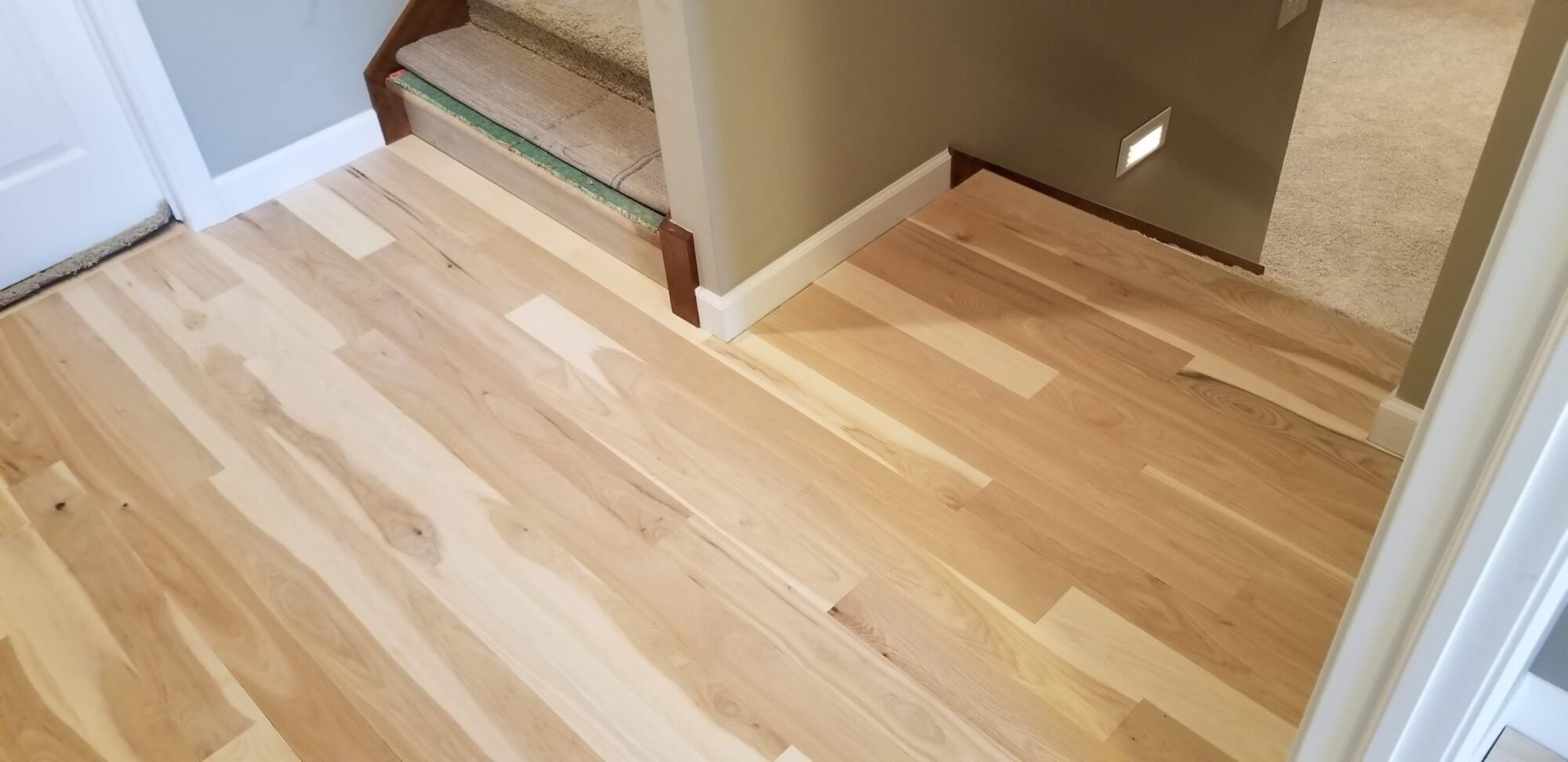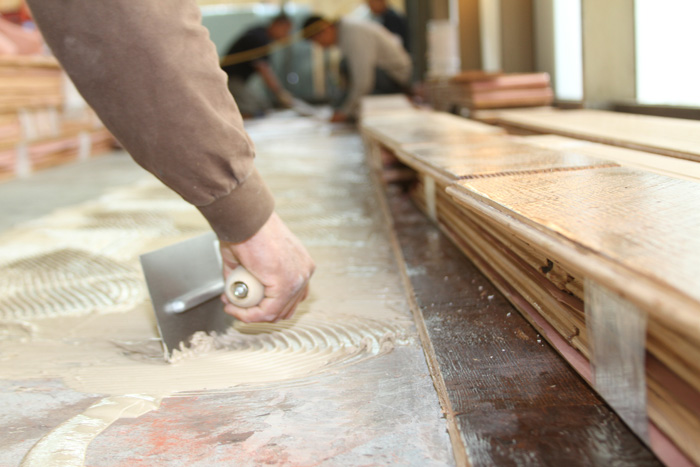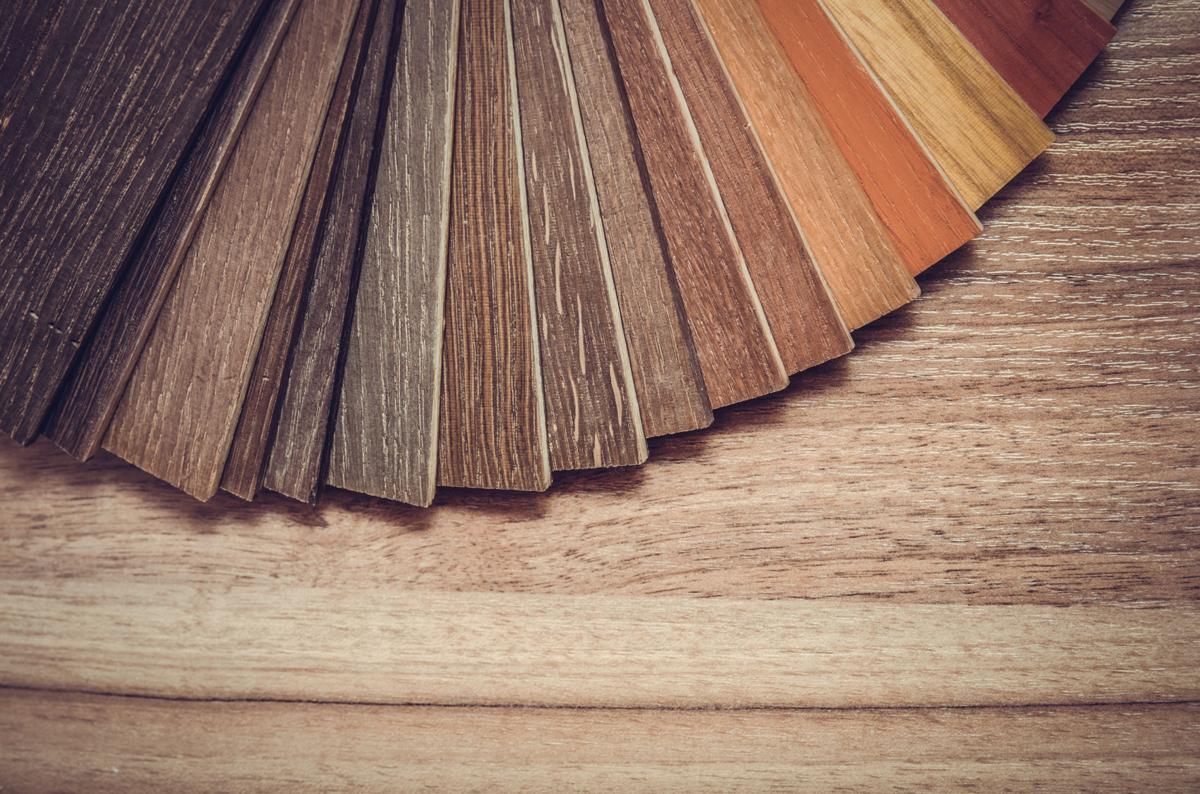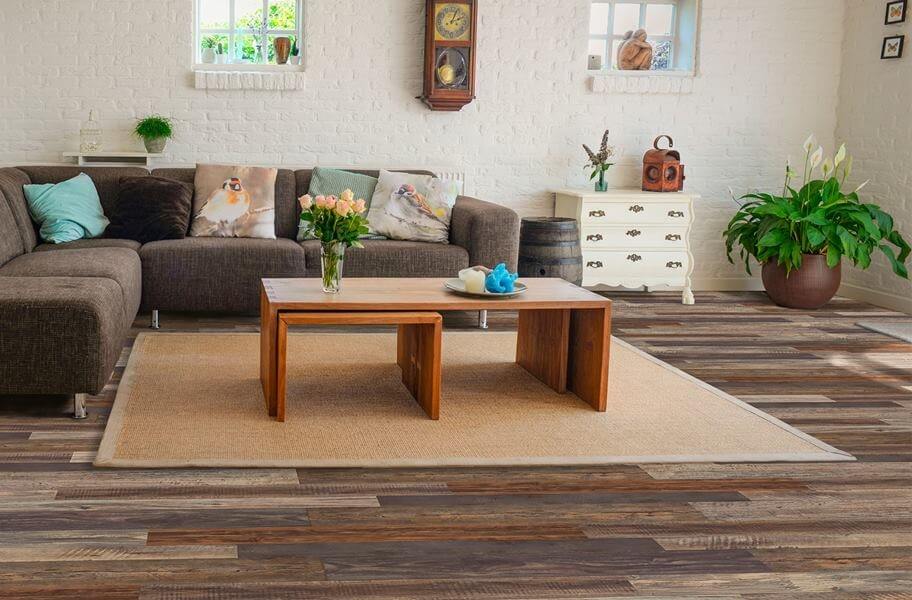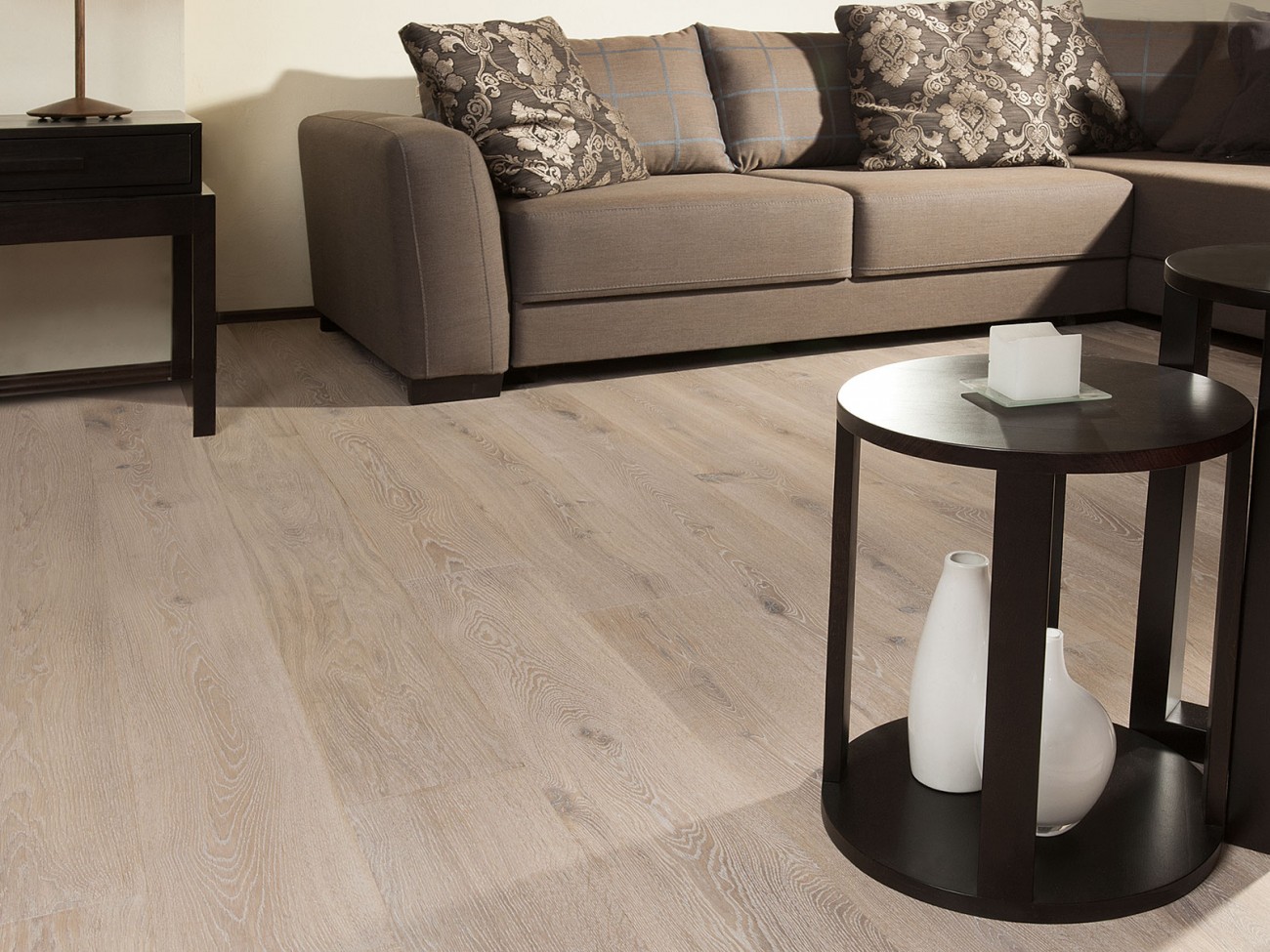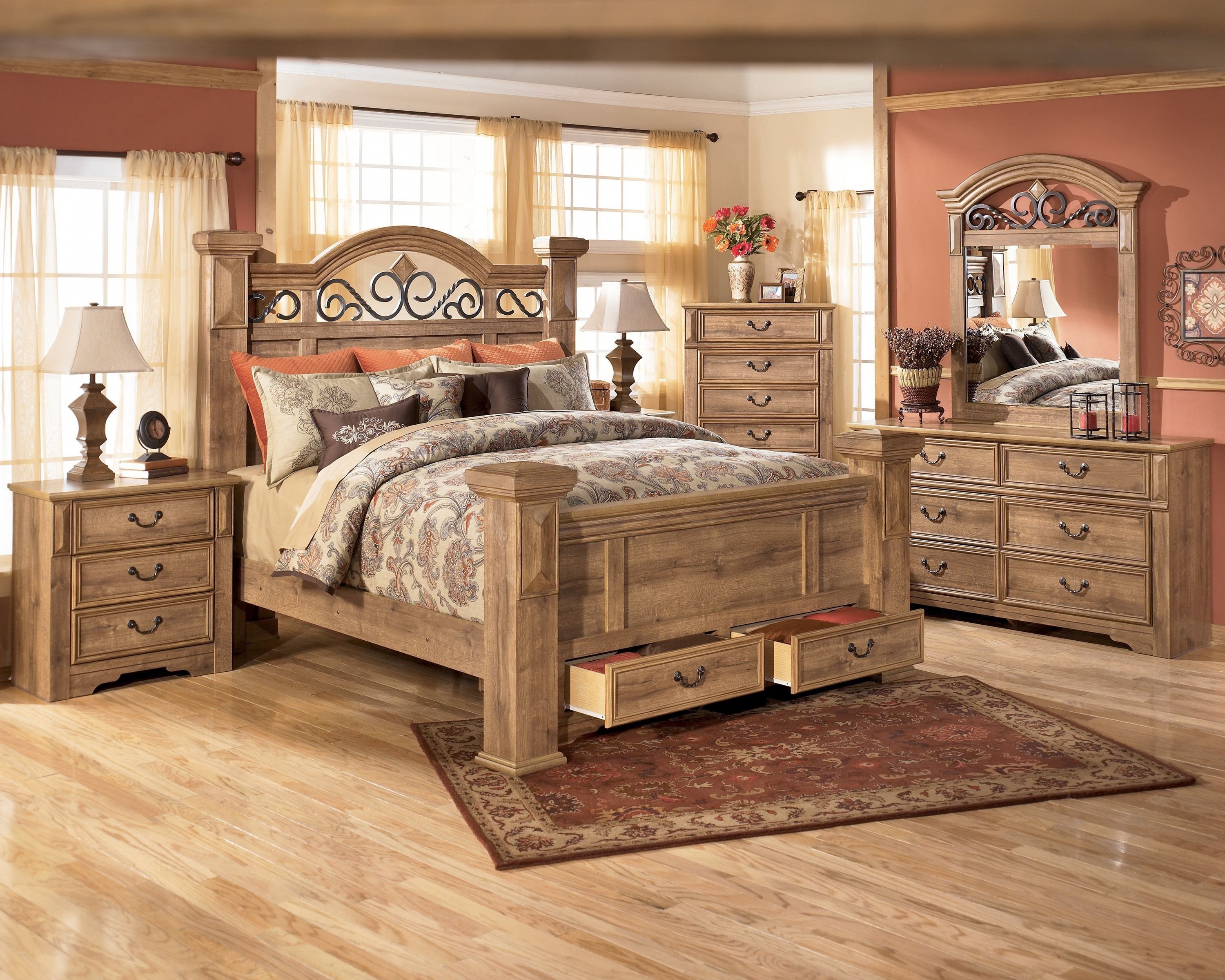Choosing the right flooring for your living room can be a tough decision. It's a space that sees a lot of foot traffic, so you want something that is durable and easy to maintain. Two popular options for living room floors are tile and hardwood. Both have their own unique advantages and disadvantages, making it difficult to determine which is better. In this article, we will compare tile and hardwood floors in terms of cost, design, maintenance, and more to help you make an informed decision for your living room.Tile vs Hardwood Floors: Which is Better for Your Living Room?
Let's start by looking at the pros and cons of both tile and hardwood floors in living rooms. Tile floors are known for their durability and water-resistance, making them a great option for high-traffic areas and homes with pets or children. They are also easy to clean and come in a variety of designs, from classic to modern. However, tile floors can be cold and hard, making them less comfortable to walk on and not ideal for households with young children who may be prone to falls. On the other hand, hardwood floors are warm and inviting, adding a touch of elegance to any living room. They are also durable and can last for decades with proper care. However, hardwood floors can be more susceptible to scratches and dents, and they are not as water-resistant as tile. They also tend to be more expensive than tile floors.Pros and Cons of Tile and Hardwood Floors in Living Rooms
Cost is often a major factor in deciding between tile and hardwood floors. Generally, tile is more budget-friendly than hardwood floors. The cost of tile can vary depending on the type and size of tile you choose, but it is typically less expensive than hardwood flooring. Hardwood floors, on the other hand, can range from moderate to high in price, depending on the type of wood and quality. It's important to also consider the long-term cost when comparing tile and hardwood floors. Tile floors may require more frequent replacement due to wear and tear, while hardwood floors can last for decades with proper maintenance. This can make hardwood floors a more cost-effective option in the long run.Comparing the Cost of Tile vs Hardwood Floors in Living Rooms
Both tile and hardwood floors offer a wide range of design options for your living room. Tile comes in a variety of colors, patterns, and sizes, allowing you to create a unique and customized look for your space. You can even mix and match different tiles to create a unique design. Hardwood floors also offer a variety of options, from traditional oak to exotic woods, and can be stained in different colors to match your desired aesthetic. When it comes to design, it's important to consider the overall style and decor of your living room. Tile floors tend to work well in modern and contemporary spaces, while hardwood floors can add a touch of warmth and elegance to traditional and rustic designs.Design Options for Tile and Hardwood Floors in Living Rooms
Maintenance is another important factor to consider when choosing between tile and hardwood floors. Tile floors are known for their durability and are easy to clean with simple sweeping and mopping. They are also resistant to stains, making them a great option for homes with pets or children. Hardwood floors, on the other hand, require more maintenance, such as regular sweeping and occasional refinishing. They are also more susceptible to scratches and dents, so they may not be the best option for households with high foot traffic.Maintenance and Durability of Tile vs Hardwood Floors in Living Rooms
If you are environmentally conscious, it's important to consider the impact of your flooring choice on the environment. Tile and hardwood floors both have their own environmental pros and cons. Tile is often made from natural materials, such as clay and sand, and can be recycled. However, the manufacturing process can be energy-intensive. Hardwood floors, on the other hand, are made from a renewable resource and can also be recycled. However, the harvesting and manufacturing process can have a larger environmental impact.Environmental Impact of Tile and Hardwood Floors in Living Rooms
The installation process for tile and hardwood floors can also be a deciding factor. Tile floors can be installed over most existing surfaces, making it a relatively quick and easy process. However, if you have uneven floors, additional preparation and leveling may be needed. Hardwood floors, on the other hand, require a more involved installation process, which can take longer and be more expensive. It's important to factor in the cost and time for installation when comparing tile and hardwood floors.Installation Process for Tile vs Hardwood Floors in Living Rooms
Ultimately, the best flooring option for your living room will depend on your personal preferences and needs. When making your decision, consider the following factors:Choosing the Right Flooring for Your Living Room: Factors to Consider
Before making a decision, it can be helpful to read reviews from other customers who have installed tile or hardwood floors in their living rooms. Look for reviews that mention the specific factors you are considering, such as durability, maintenance, and cost. This can give you a better idea of what to expect from each flooring option.Customer Reviews: Tile vs Hardwood Floors in Living Rooms
Lastly, it's always a good idea to seek expert opinions when making a big decision like choosing flooring for your living room. Talk to flooring professionals and get their insights on the pros and cons of both tile and hardwood floors. They can also offer advice on which option may be best for your specific living room and lifestyle.Expert Opinions on Tile vs Hardwood Floors in Living Rooms
The Benefits of Hardwood Floors in the Living Room

Elevate Your Home's Aesthetic
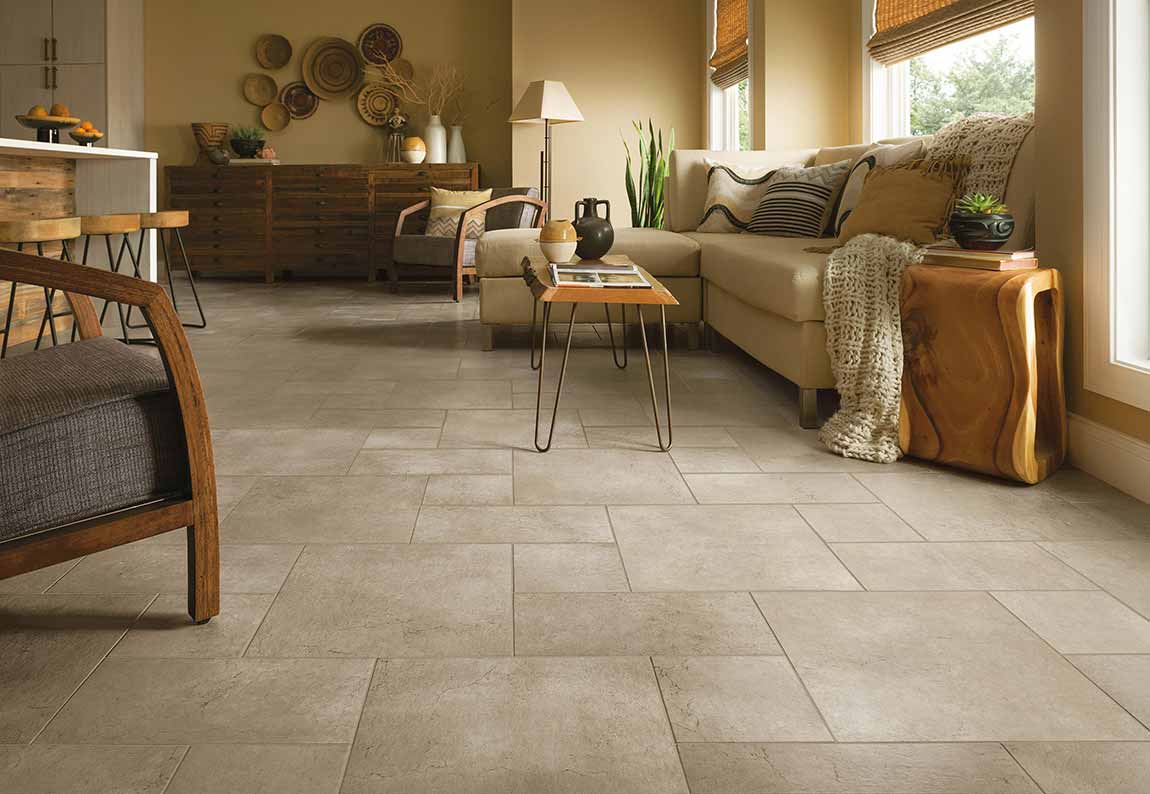 When it comes to choosing the right flooring for your living room, there are a few key factors to consider. One of the main things to keep in mind is the overall aesthetic of your home.
Hardwood floors
can add a touch of elegance and sophistication to any living space, making it a popular choice among homeowners and interior designers alike. With its natural beauty and timeless appeal, hardwood flooring can instantly elevate the look and feel of your living room.
When it comes to choosing the right flooring for your living room, there are a few key factors to consider. One of the main things to keep in mind is the overall aesthetic of your home.
Hardwood floors
can add a touch of elegance and sophistication to any living space, making it a popular choice among homeowners and interior designers alike. With its natural beauty and timeless appeal, hardwood flooring can instantly elevate the look and feel of your living room.
Durability and Longevity
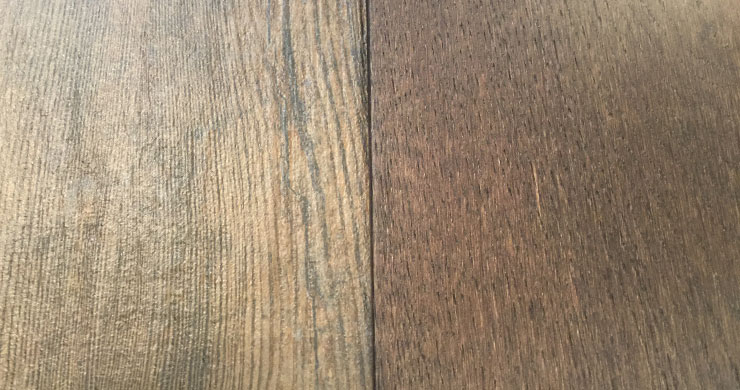 Another important factor to consider when choosing between tile and hardwood floors for your living room is durability. While both options have their own strengths, hardwood floors are known for their longevity and ability to withstand wear and tear. With proper maintenance and care,
hardwood floors
can last for decades, making it a wise investment for your home.
Another important factor to consider when choosing between tile and hardwood floors for your living room is durability. While both options have their own strengths, hardwood floors are known for their longevity and ability to withstand wear and tear. With proper maintenance and care,
hardwood floors
can last for decades, making it a wise investment for your home.
Easy Maintenance
 When it comes to cleaning and maintenance, hardwood floors have a clear advantage over tile. While tile floors require regular scrubbing and grout cleaning, hardwood floors can be easily maintained with a simple sweep and occasional mop. This makes it a convenient option for busy homeowners who want a beautiful and low-maintenance living room.
When it comes to cleaning and maintenance, hardwood floors have a clear advantage over tile. While tile floors require regular scrubbing and grout cleaning, hardwood floors can be easily maintained with a simple sweep and occasional mop. This makes it a convenient option for busy homeowners who want a beautiful and low-maintenance living room.
Versatility in Design and Style
Warmth and Comfort
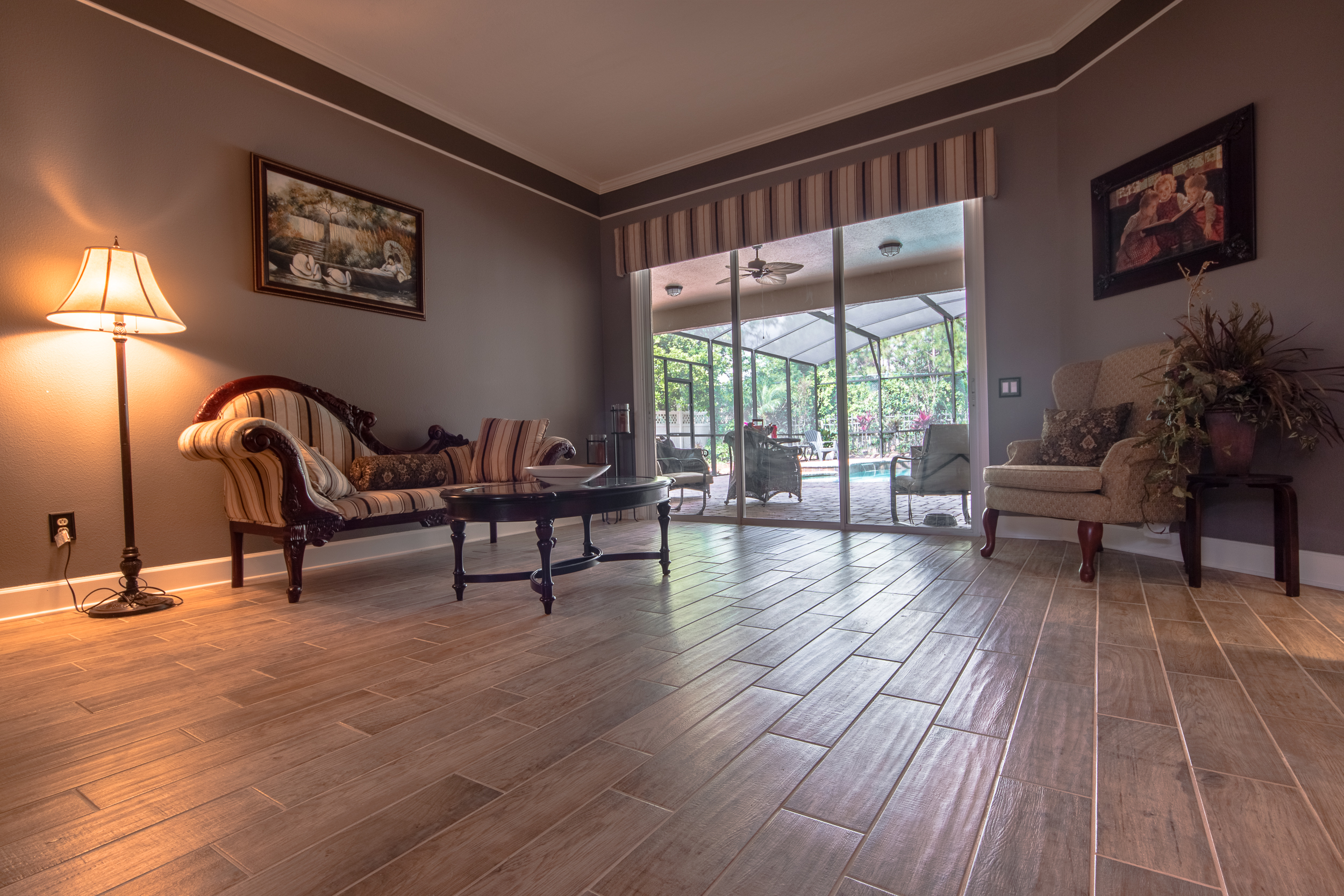 While tile floors may be a popular choice for warmer climates, they can feel cold and uninviting in the winter months. On the other hand, hardwood floors can add warmth and coziness to your living room, making it a more inviting space for relaxation and gatherings. Additionally, hardwood floors are a great option for homes with underfloor heating systems, as they allow the heat to radiate evenly throughout the room.
In conclusion, while
tile and hardwood floors
both have their own unique strengths, hardwood floors offer a range of benefits that make it a top choice for living rooms. From its timeless beauty and durability to its versatility in design and easy maintenance, hardwood floors can truly elevate the look and feel of your home. So if you're looking to give your living room a makeover, consider the many advantages of hardwood flooring.
While tile floors may be a popular choice for warmer climates, they can feel cold and uninviting in the winter months. On the other hand, hardwood floors can add warmth and coziness to your living room, making it a more inviting space for relaxation and gatherings. Additionally, hardwood floors are a great option for homes with underfloor heating systems, as they allow the heat to radiate evenly throughout the room.
In conclusion, while
tile and hardwood floors
both have their own unique strengths, hardwood floors offer a range of benefits that make it a top choice for living rooms. From its timeless beauty and durability to its versatility in design and easy maintenance, hardwood floors can truly elevate the look and feel of your home. So if you're looking to give your living room a makeover, consider the many advantages of hardwood flooring.



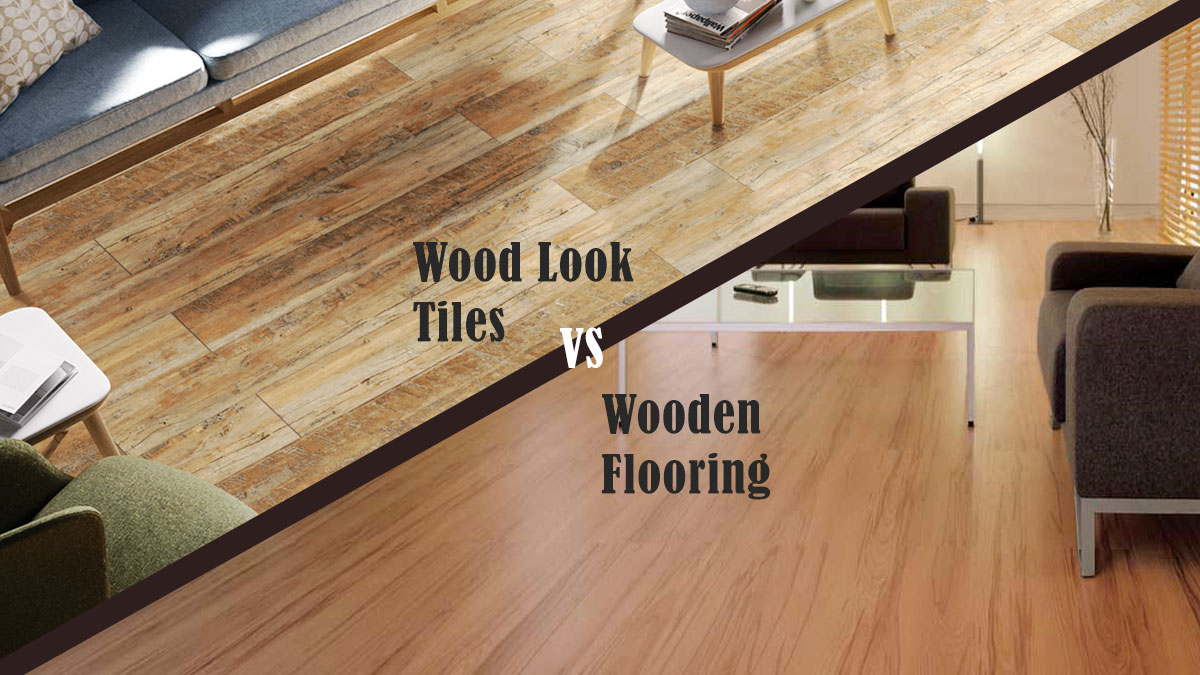
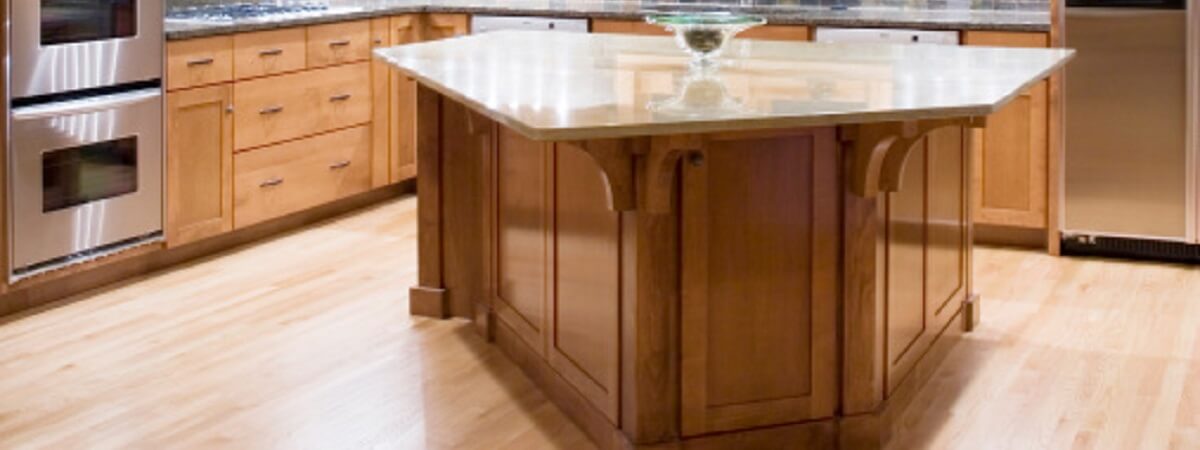



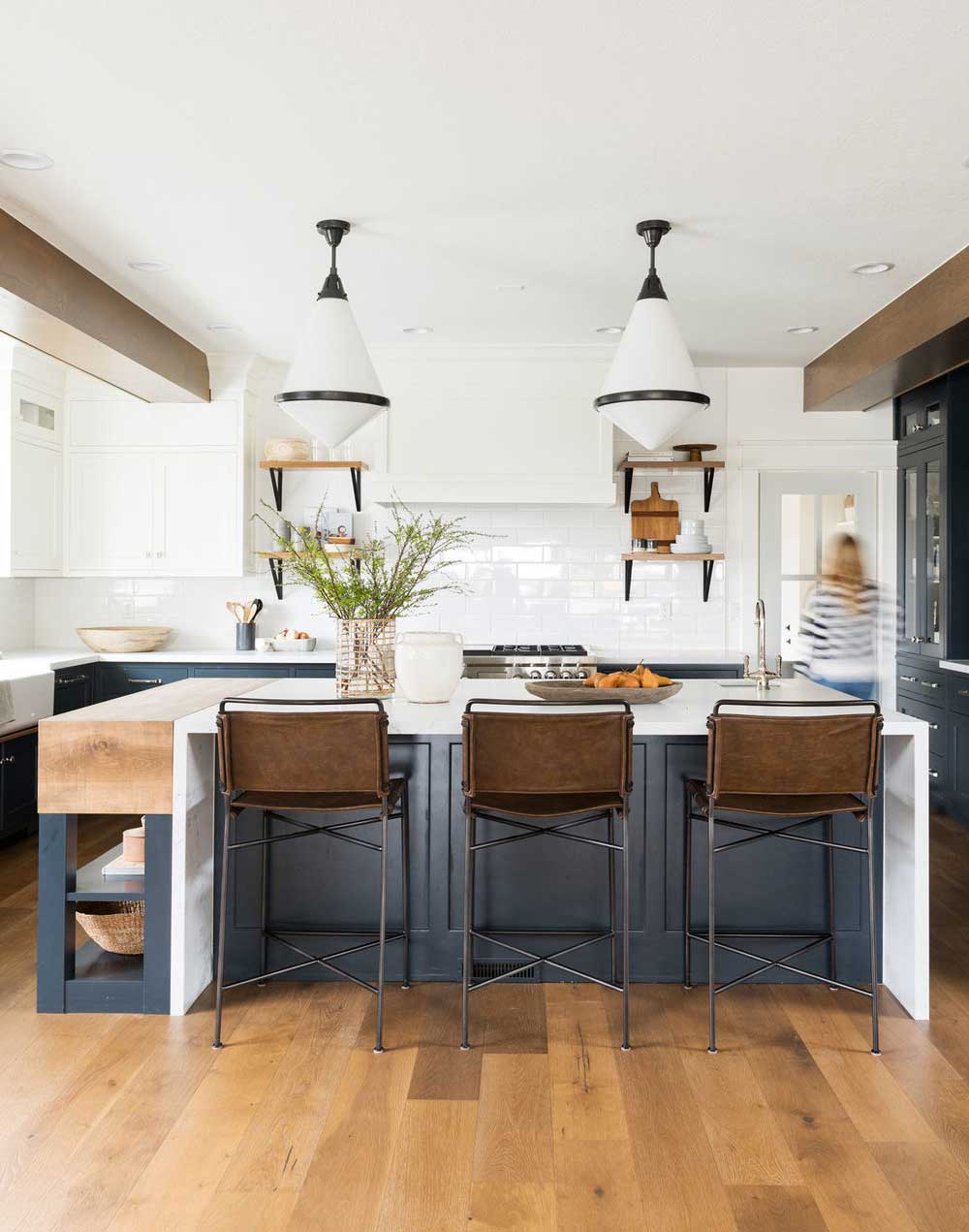




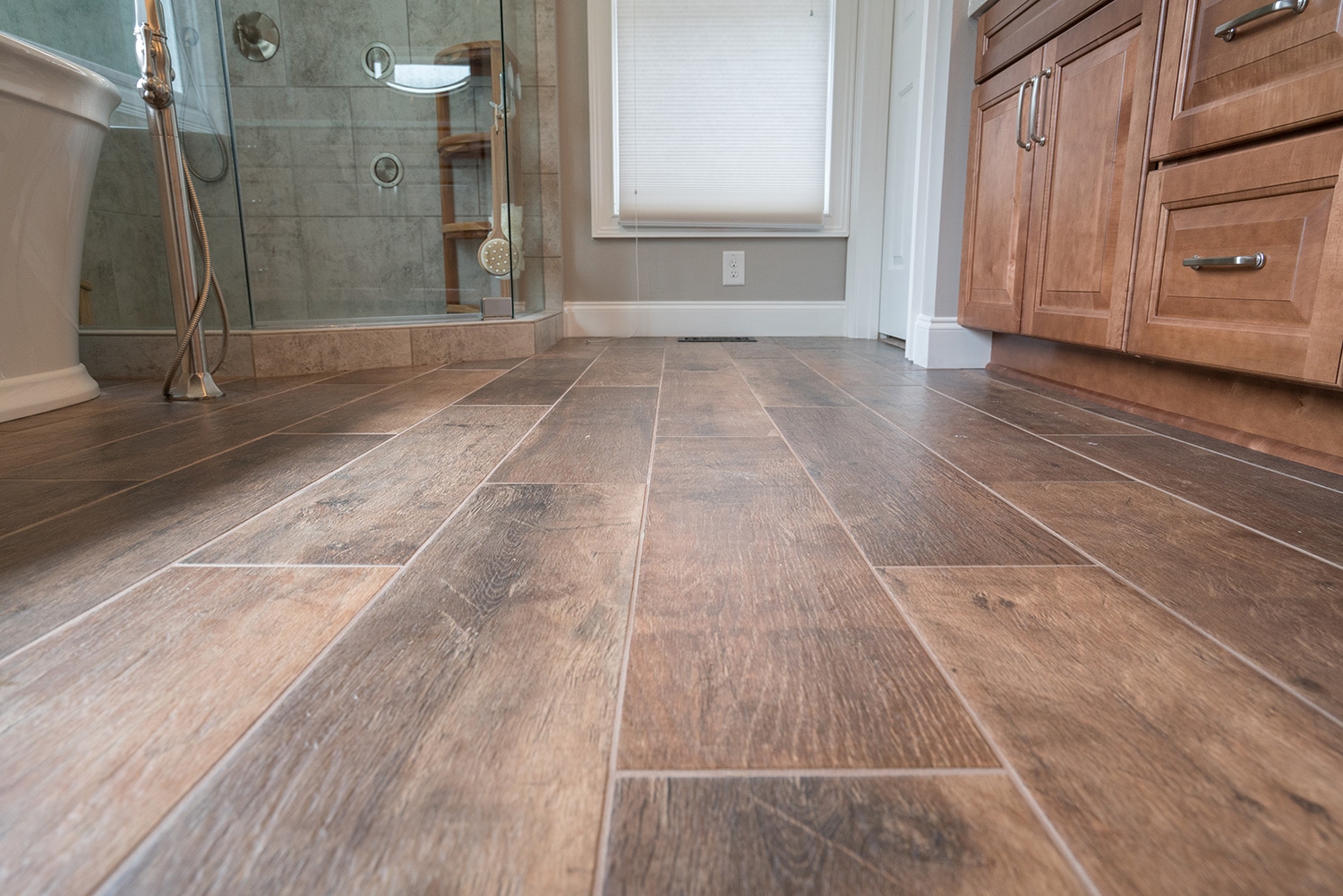

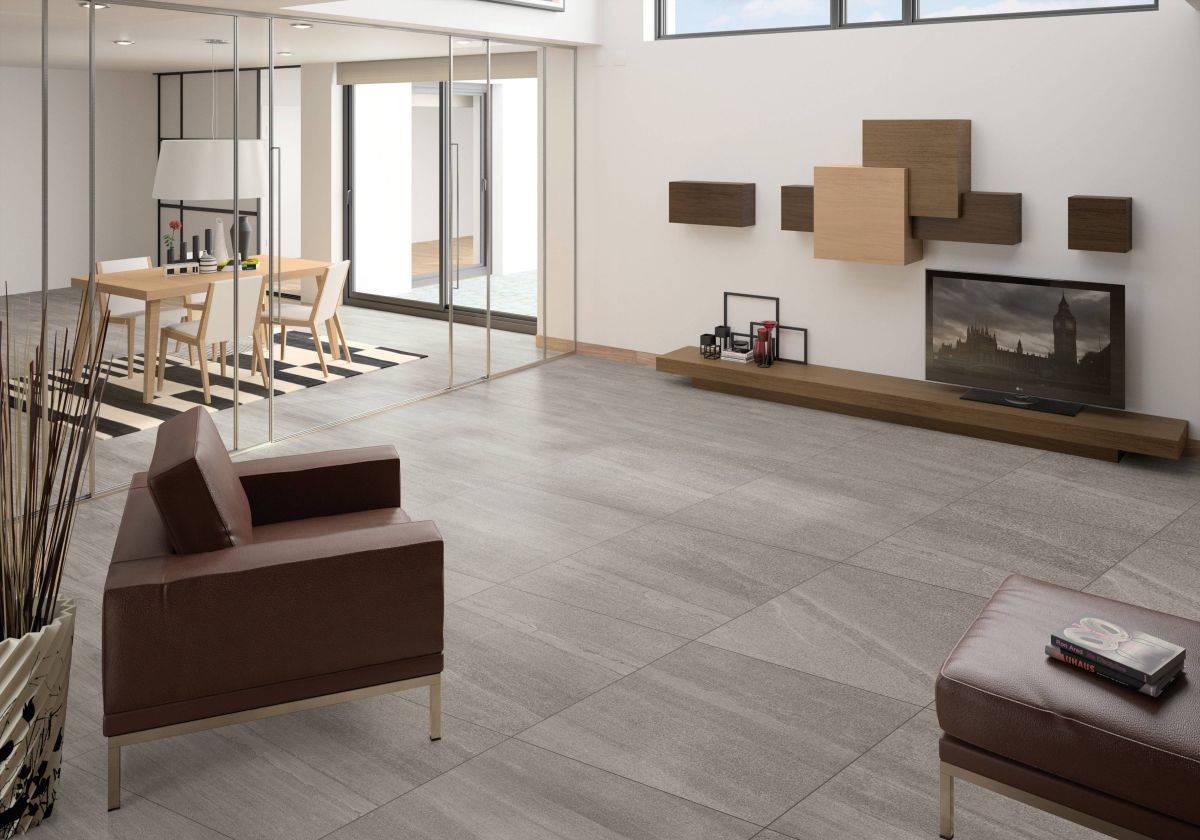







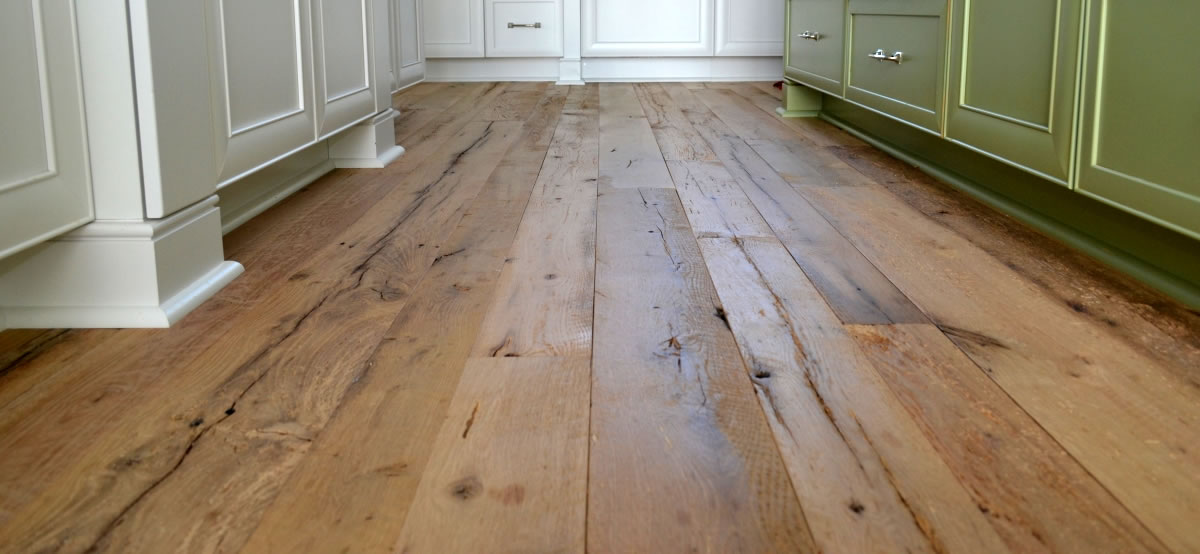



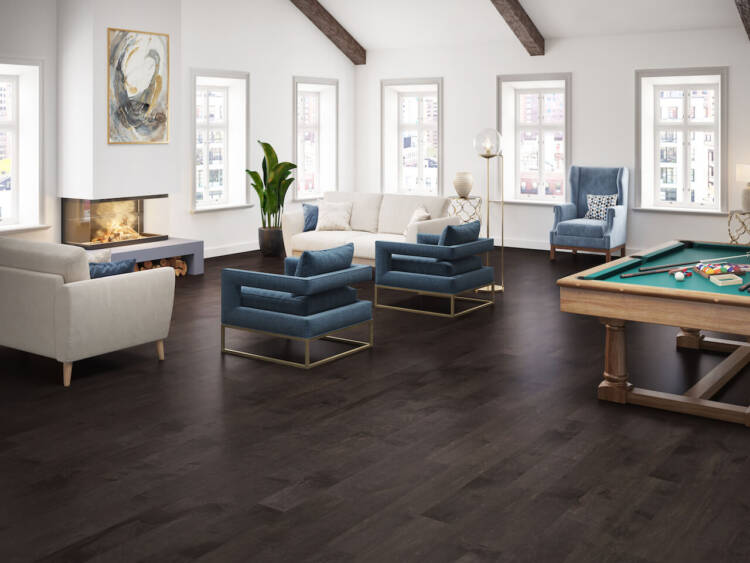




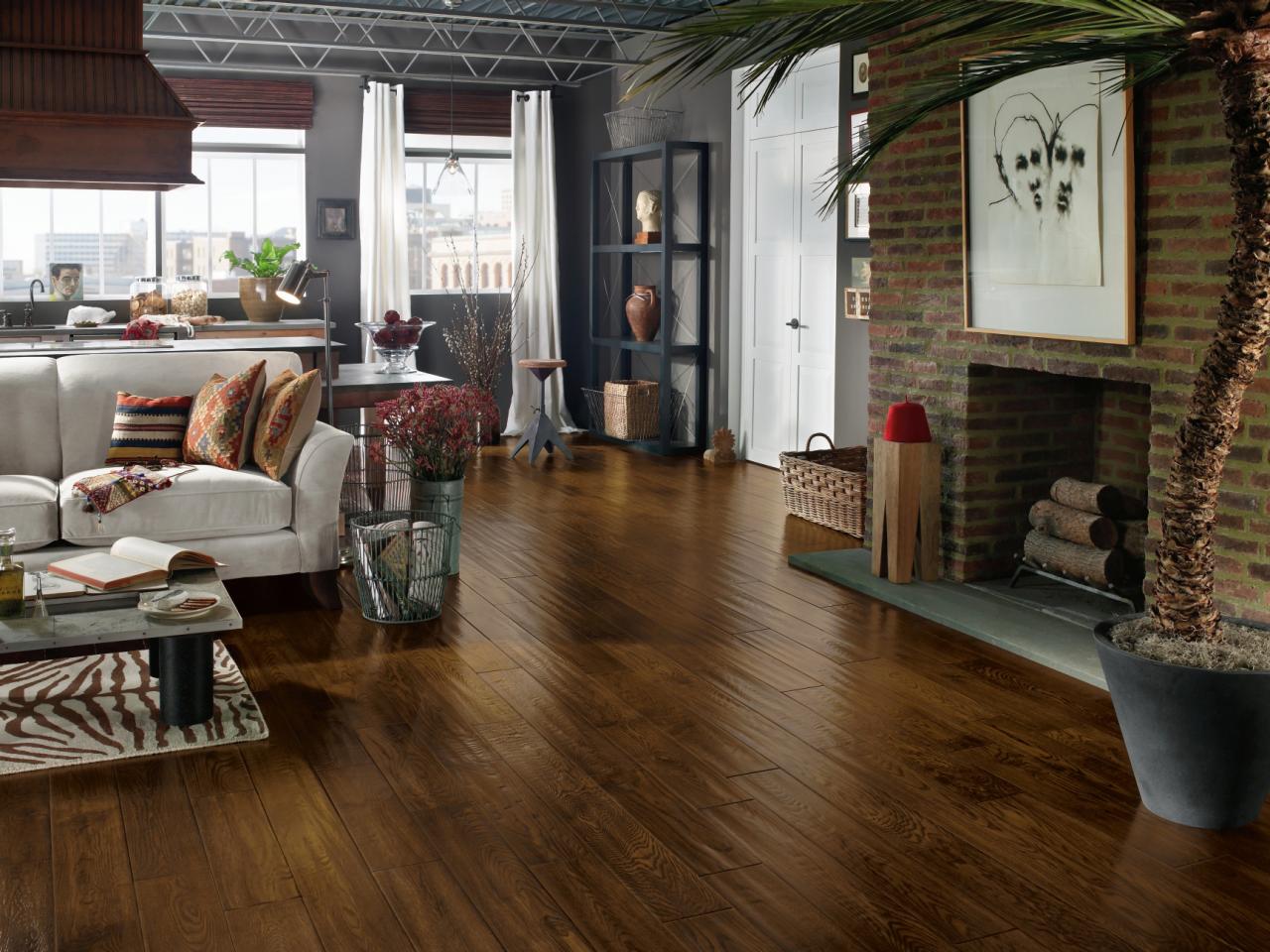



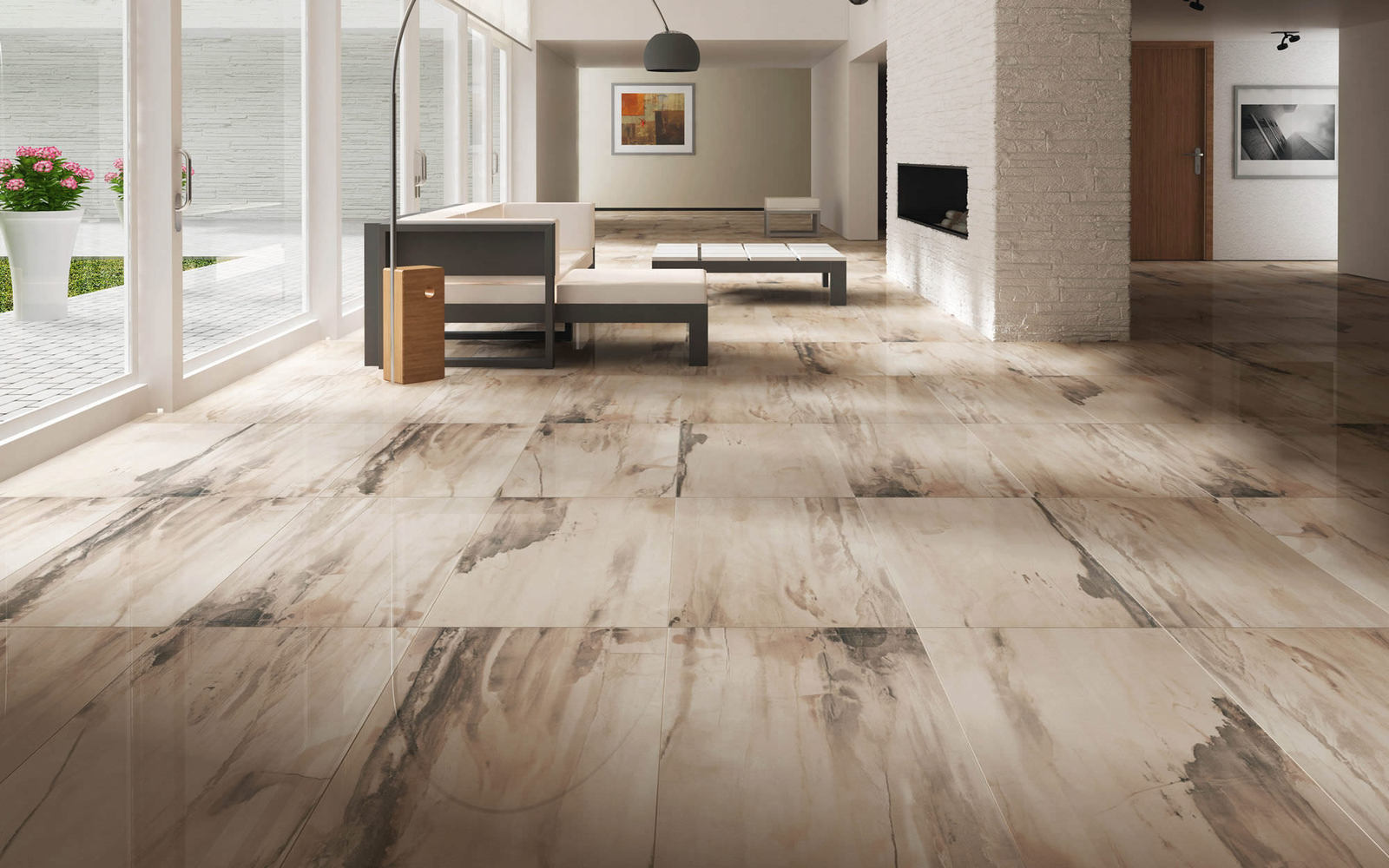

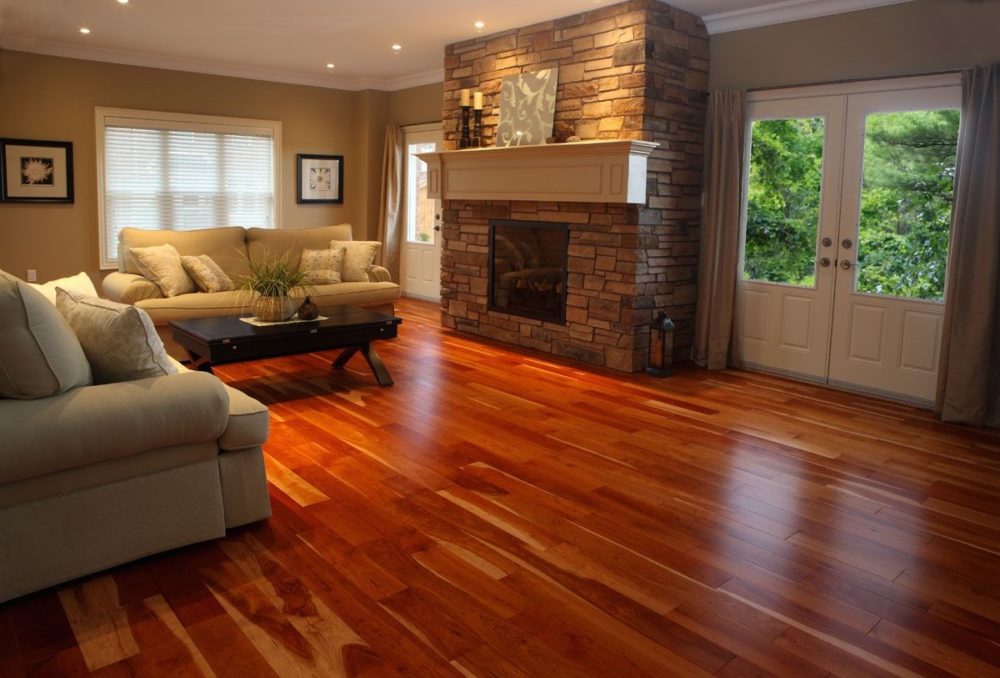







:max_bytes(150000):strip_icc()/bamboo-versus-hardwood-flooring-1314685-FINAL-5bb5233e46e0fb0026d5a85d.png)















